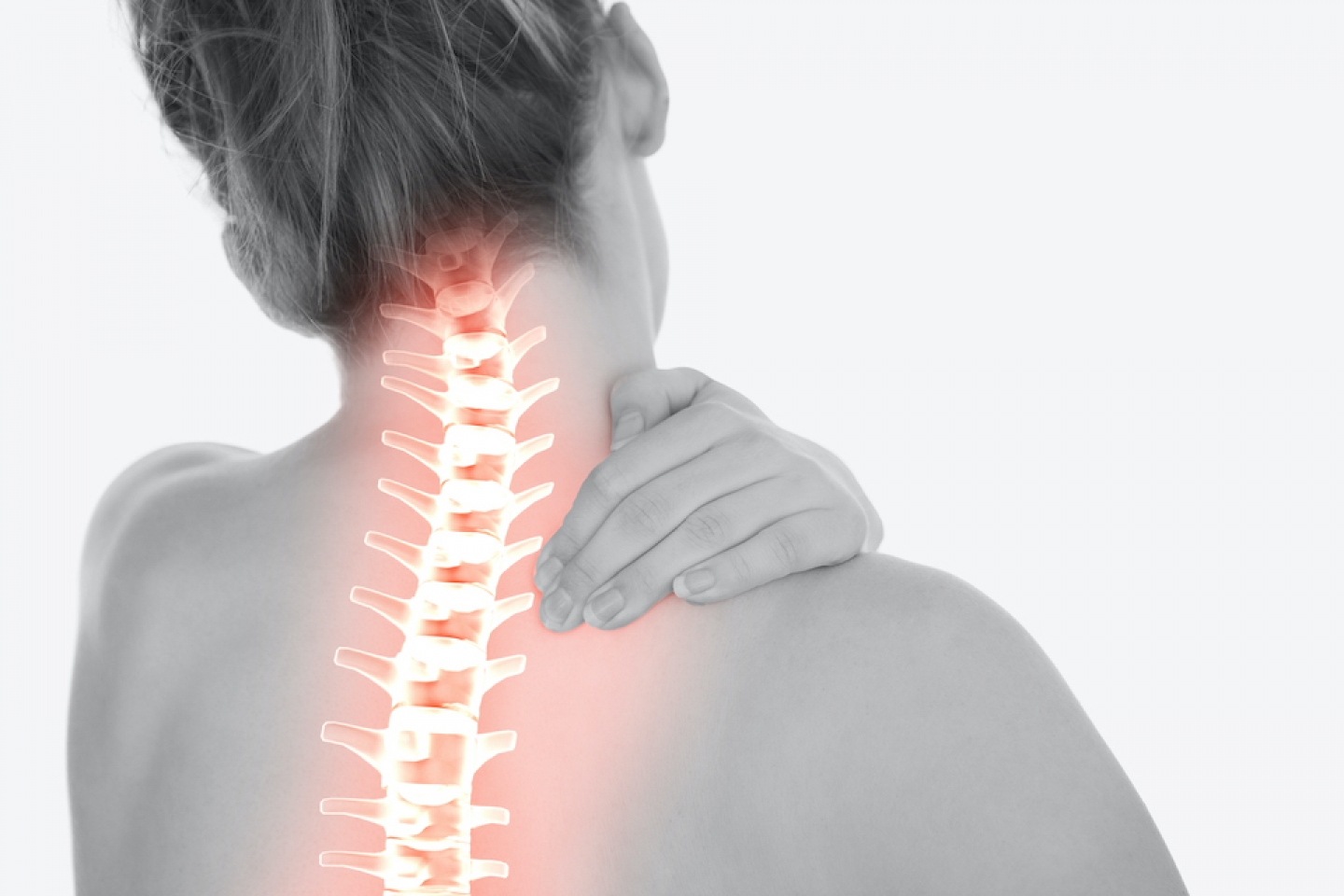
Menopause marks the end of your monthly period and, in turn, your fertility. In the years leading up to it, your body’s production of estrogen declines, leading to a variety of physical and emotional changes, which may include irregular periods, hot flashes, or mood swings. This drop in estrogen also begins a period of accelerated bone loss, which increases your risk for the “brittle bone disease” known as osteoporosis.
Estrogen loss may cause some women to lose an average of 25% of their bone mass from the time of menopause to age 60. In fact, approximately half of women older than 50 will experience a fracture--most often of the hip, spine, or wrist--related to osteoporosis.
Although there is no cure for osteoporosis, there are ways to manage it.
Your bones need estrogen for strength. Yet, osteoporosis can stem from a variety of causes, other than estrogen loss, such as steroid use or a malfunctioning thyroid gland, says Susan Loeb-Zeitlin, MD, assistant professor of clinical obstetrics and gynecology. “A number of factors influence the rate and degree of menopausal bone loss including age, weight changes, body mass index, calcium and vitamin D intake, physical activity, alcohol consumption, family history of osteoporosis, smoking, and number of pregnancies,” Dr. Loeb-Zeitlin says.
Osteoporosis is most common among older people, especially older women, as well as those who are of Caucasian or Asian descent. Other risk factors include:
Since osteoporosis is usually not detected until you sustain your first fracture, it is often called ‘a silent disease.’ “Osteoporosis has no clinical manifestations until there is a fracture,” Dr. Loeb-Zeitlin says. “This is an important fact because many patients without symptoms incorrectly assume that they must not have osteoporosis. On the other hand, many patients with achy hips or feet assume that their complaints are due to osteoporosis, which is unlikely in the absence of fracture.” Other common symptoms include:
You can reduce your risk of developing osteoporosis by optimizing your bone mass, which peaks around age 30, and taking care of your skeletal health, particularly during the bone-forming years of adolescence. “Women can maintain bone health by being physically active (doing weight-bearing exercises such as lifting light weights, walking, hiking, jogging, climbing stairs, tennis, or dancing), eating a healthy diet with enough calcium and vitamin D, avoiding excessive alcohol consumption, and not smoking,” Dr. Loeb-Zeitlin says.
If you have lost substantial bone density, then lifestyle changes may go only so far, however. You may want to talk with your doctor about a variety of hormonal or non-hormonal medicines that can slow bone loss and help rebuild bone. “Women with the highest risk of fracture are the ones most likely to benefit from osteoporosis drug therapy,” Dr. Loeb-Zeitlin notes.
In addition to preventing bone loss, hormone therapy can help control menopausal symptoms, especially hot flashes, and night sweats. It may not be for appropriate for women with certain medical conditions, however, especially those who are at risk for breast cancer, stroke, heart attack, or blood clots.
How to treat bone loss depends on a woman’s overall health, which is why you should consult a specialist about the treatments that are best for you.